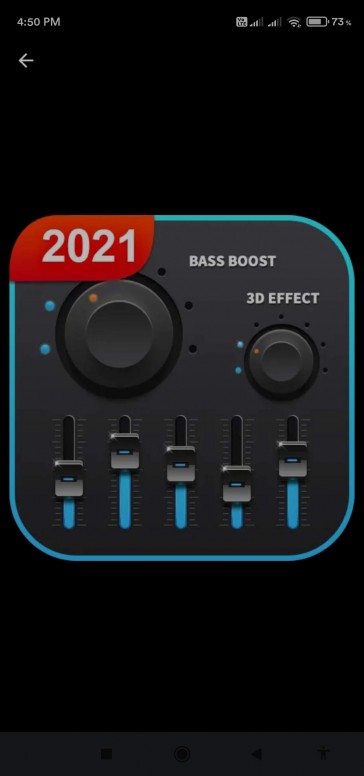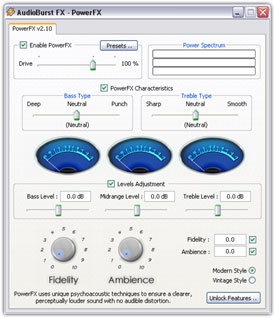

For those who own a lot of LPs and want to preserve them, this device is worth it. I must say that I am impressed by the ISP Sound Enhancer: easy to use and very versatile. Pitch variation of + or - 12% is possible and finally a jitter shelter is built in.Ĭombined, this results in a very complete device! In addition, the Sound Enhancer has a so-called quantization noise imaging function, whereby the quantization noise is shifted outside the audible frequency band (noise shaping).
#Sound enhancer tv#
In addition, he is also able to read out any added subcodes (they can be made visible on a TV screen via an interface, which makes it possible to read texts and titles, for example). The Sound Enhancer tunes all digital sources with a sample rate between 15 and 50 kHz. Not all digital sources use the same sampling frequency (sample rate) and that can cause connection problems. The ISP Sound Enhancer also includes a sample rate converter.
#Sound enhancer portable#
So how about upgrading your CD player, portable DAT or DCC recorder with a Sound Enhancer as a separate DAC or ADC? This guarantees a full, sleek reproduction and is probably a lot better than the DACs that are built-in as standard in Compact Disc players between 6 dollar. In addition, the ISP Sound Enhancer contains a good quality DAC (the Philips TDA1547). Conversely, expansion can add a little more dynamics to a 'flat' shot.

Very useful when recording cassettes for in the car. Here it is possible to limit the dynamics in a recording, so that in a situation with a lot of background noise the silent passages are reproduced louder. You can of course only use the device during playback.Īn application that I have not yet mentioned, but that can certainly be useful for the consumer, is the compression / expansion. I have already mentioned a number of the available functions and are primarily intended for use in recording. In this way, also in combination with the stereo enhancement and noise filtering functions, a lot can be restored: even old recordings on shellac plates. The level at which the ticks and splashes are audible does, however, decrease significantly and then mainly at the ticks.

On the other hand, one should of course not expect miracles when the scratch suppression is used in combination with a badly damaged LP, it is not the case that it suddenly becomes tick-free and splash-free. And I have to say, the effects achieved are all of such a nature that the outcome often offers an improvement over the original. These groups cannot be used in combination with each other. The Sound Enhancer divides the effects to be achieved into two groups, with compress / expand one group and all other functions the second. With the spatial function (spatial display), the LEDs light up from the center of the bar and thus visualize the width that the sound will get. So the longer the bar, the greater the suppression. For example, if noise reduction is selected, the bar lights up from left to right. It all works very clearly and especially logically. The LED bars in the middle of the front indicate this. The degree of effect can be adjusted as long as it is blinking. If the source is selected, the corresponding LED will flash. Then one of the available functions can be selected via two small buttons on the front. In the first place, an input must be selected, in this case the analogue input. The analog-in of the Sound Enhancer is connected to the tape or pre-out of the amplifier analog-out of the Enhancer with the tape or main-in. The Sound Enhancer must be incorporated into an existing system via a tape loop or between a pre and a power amplifier.


 0 kommentar(er)
0 kommentar(er)
